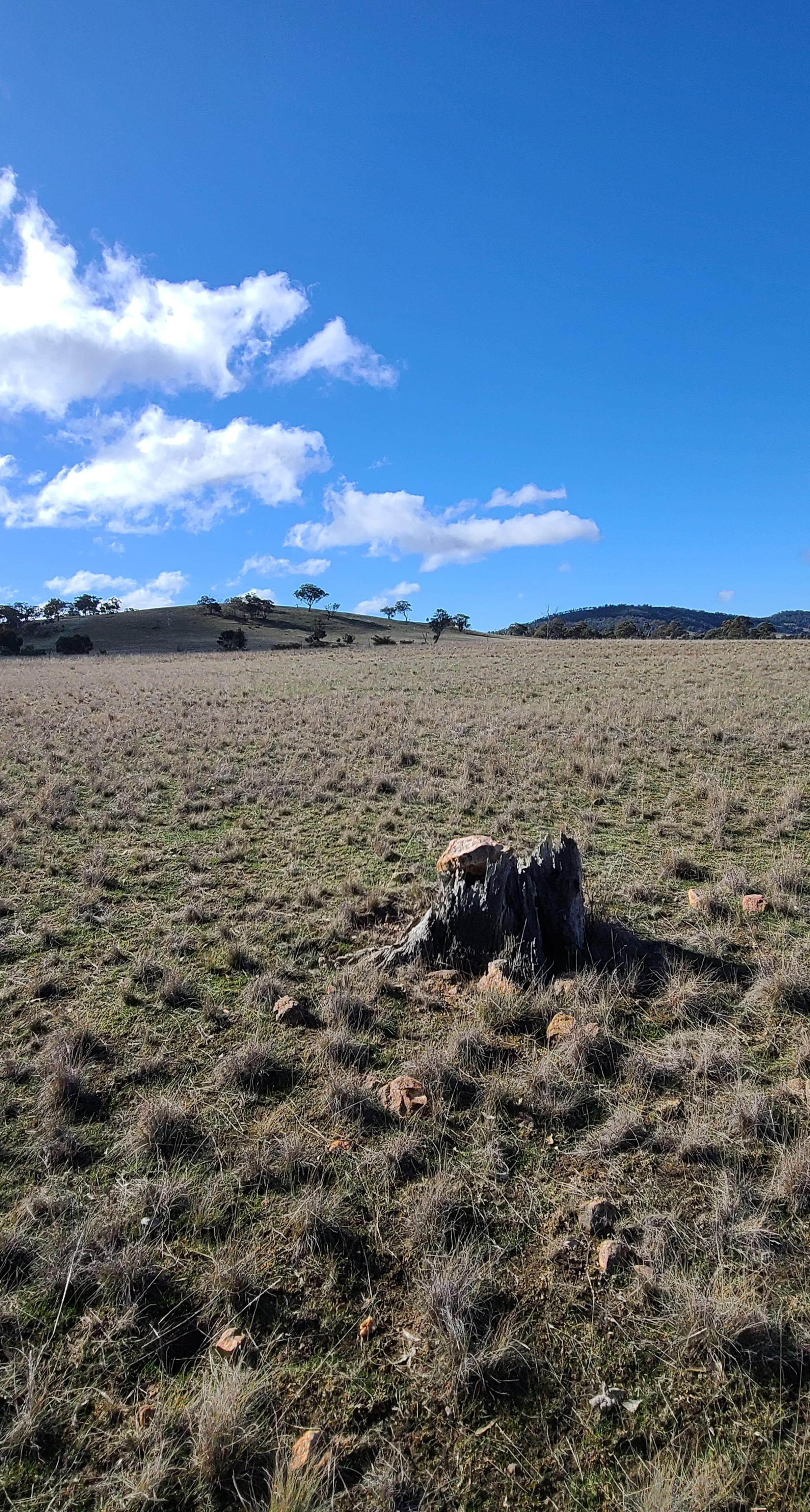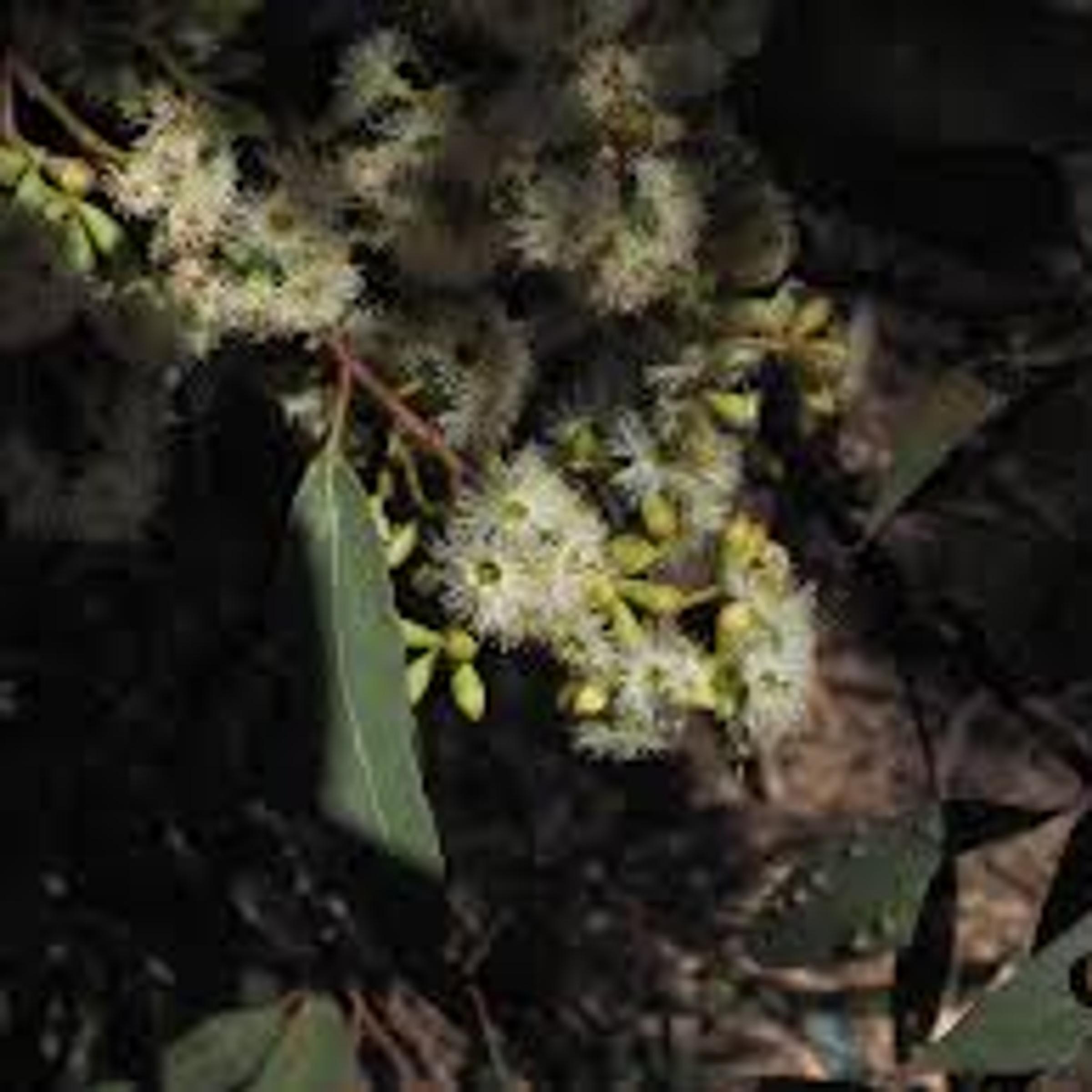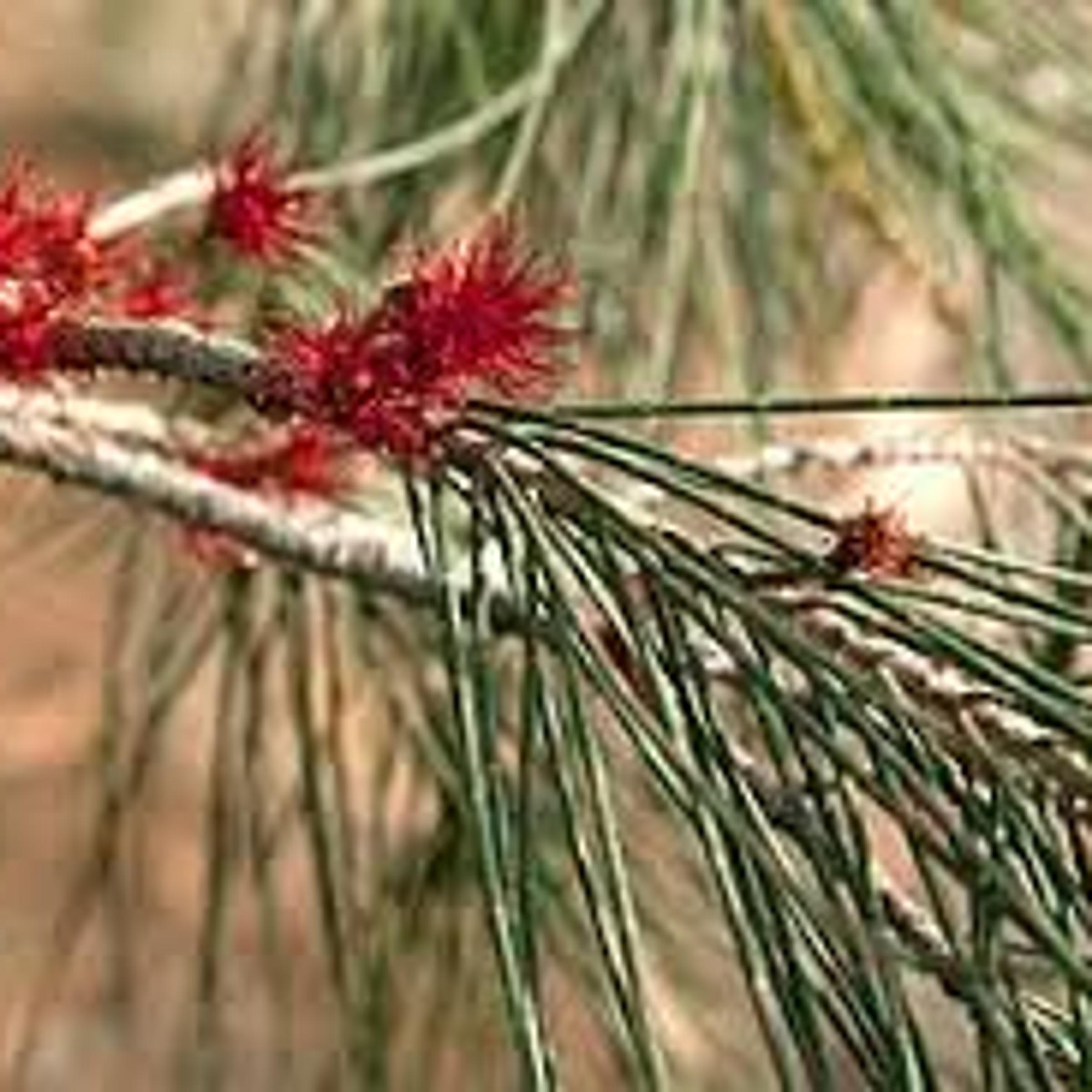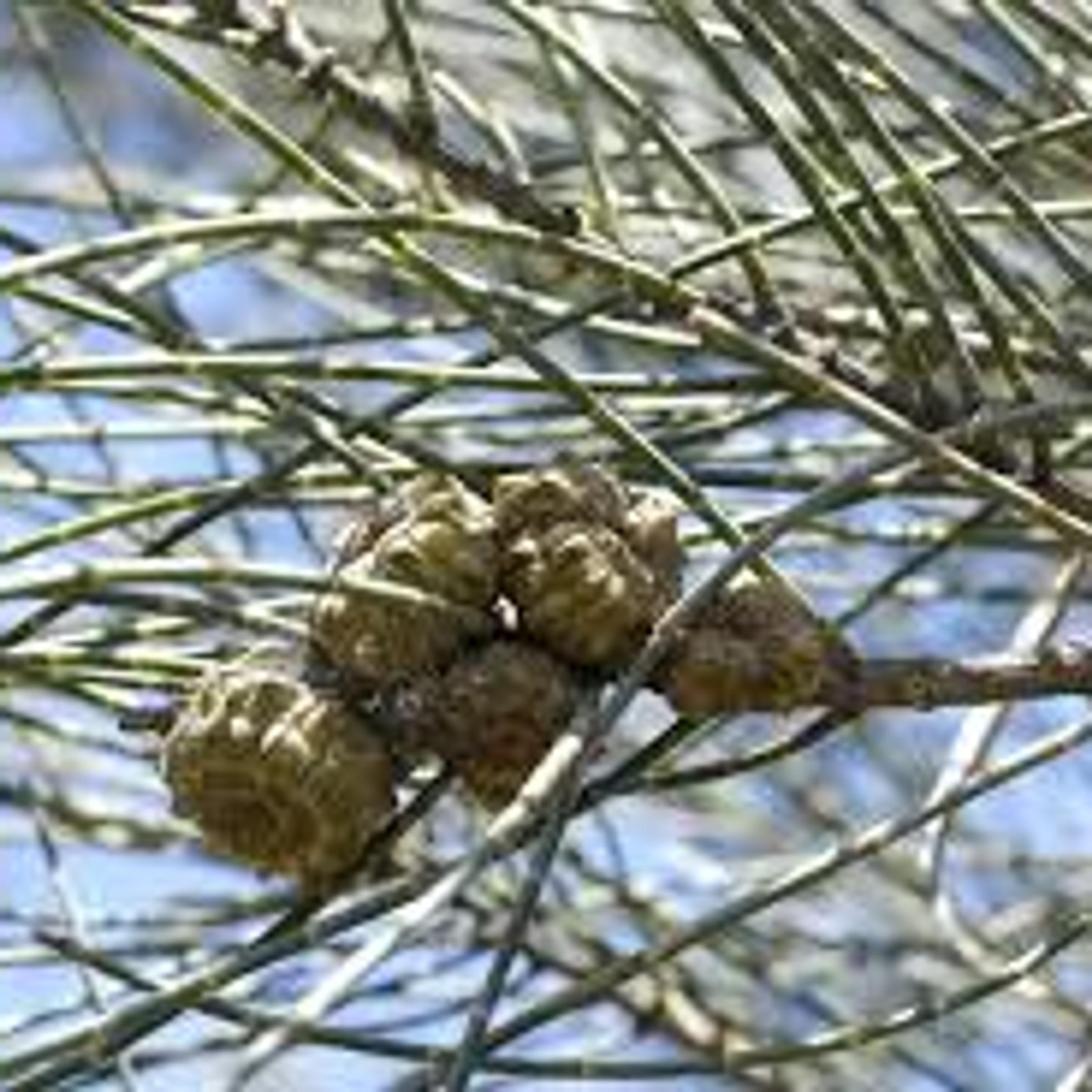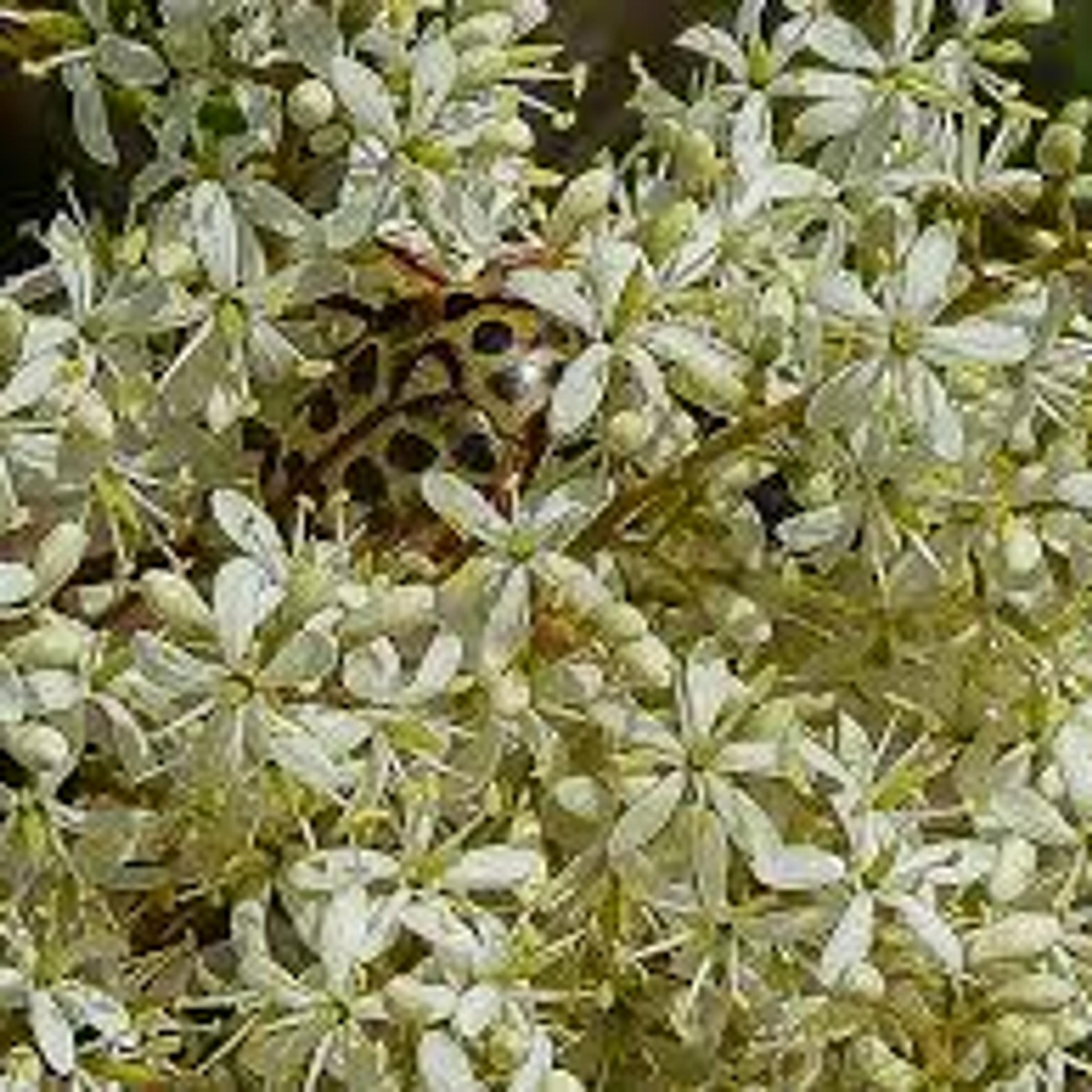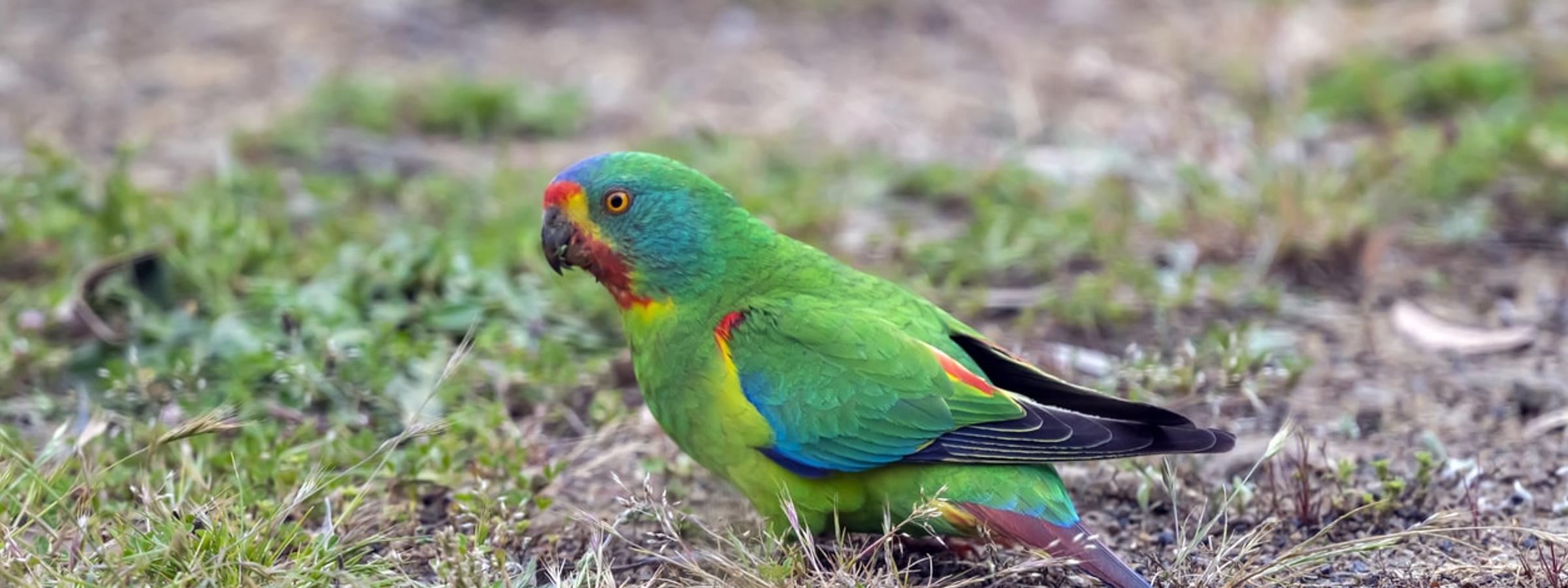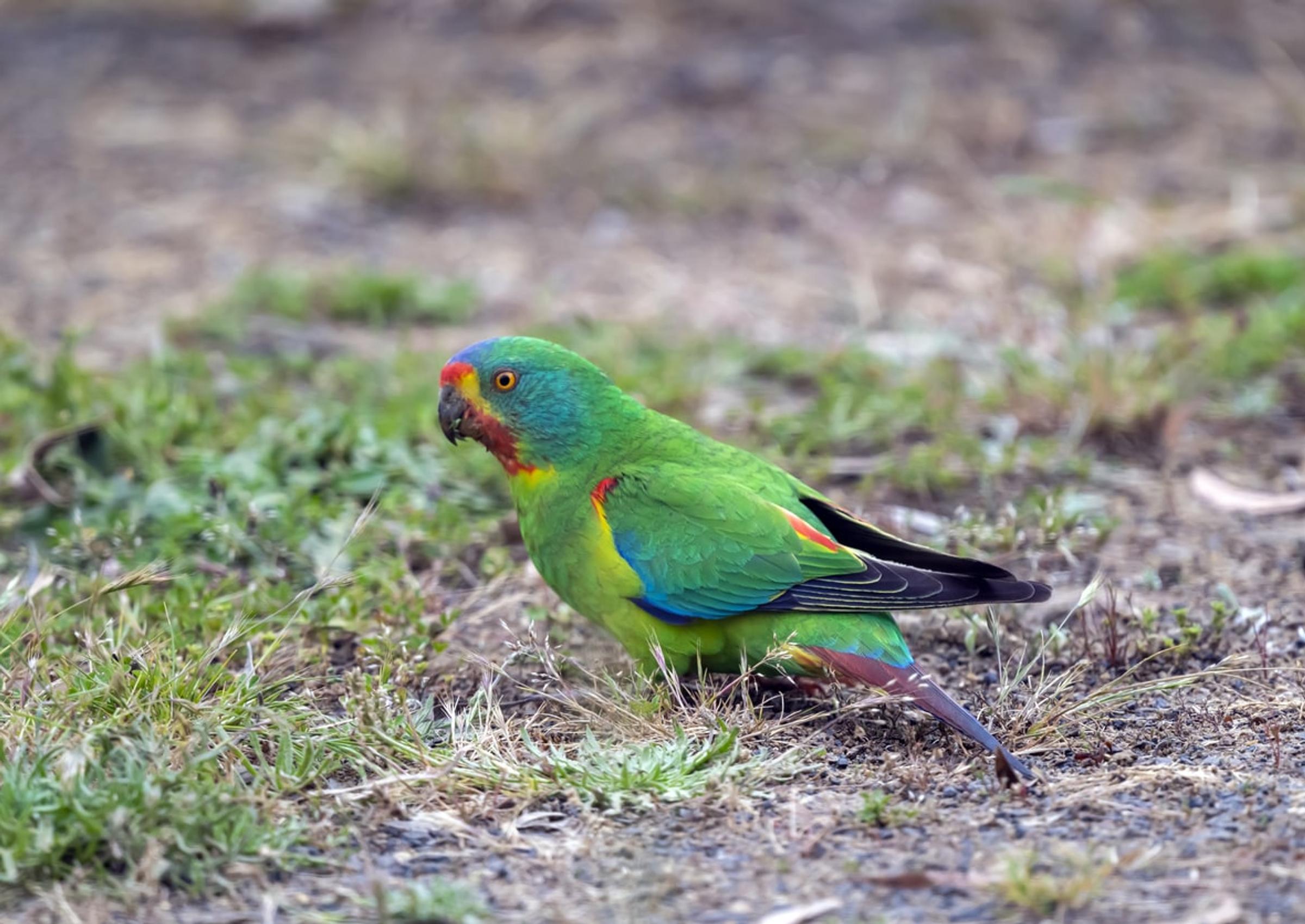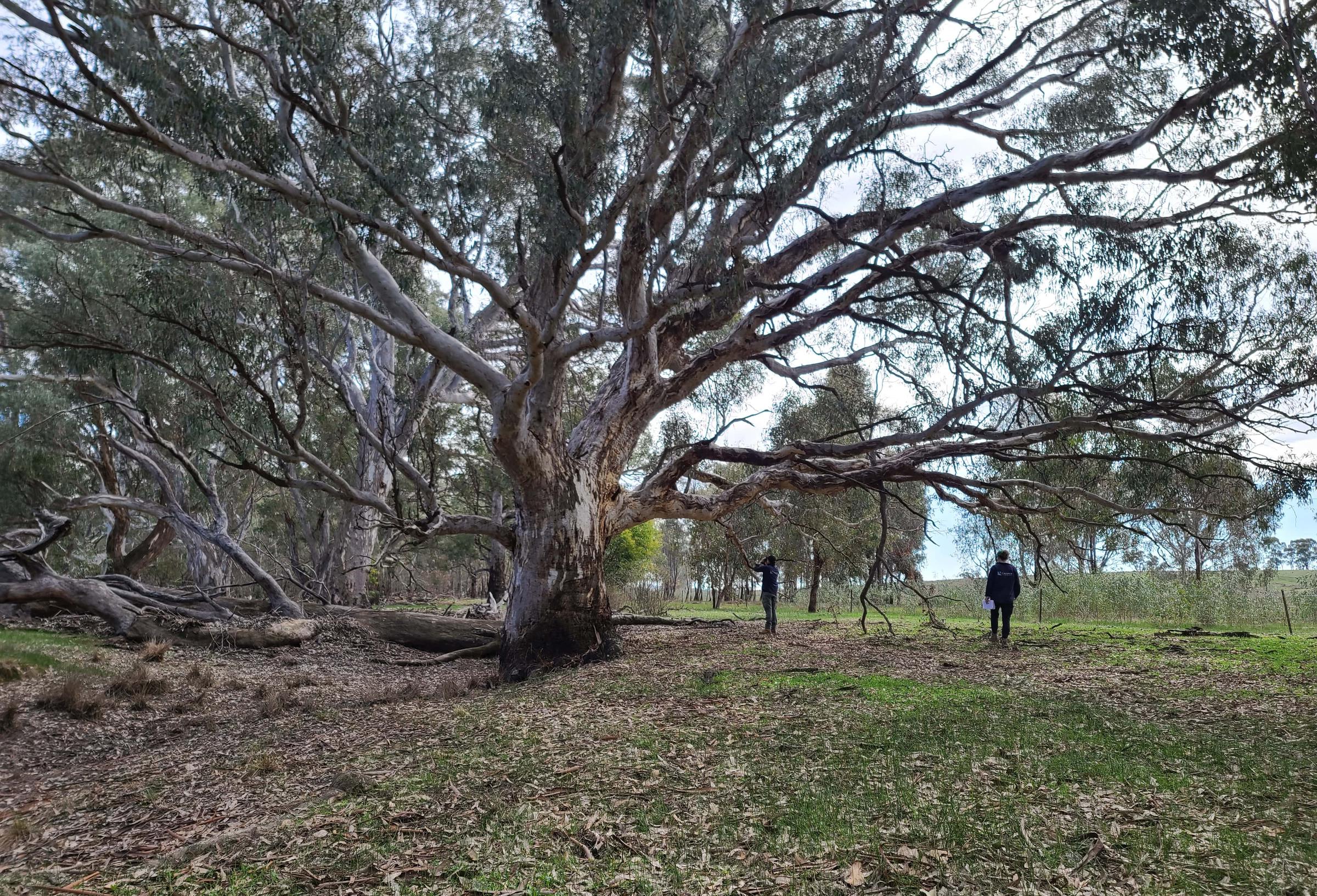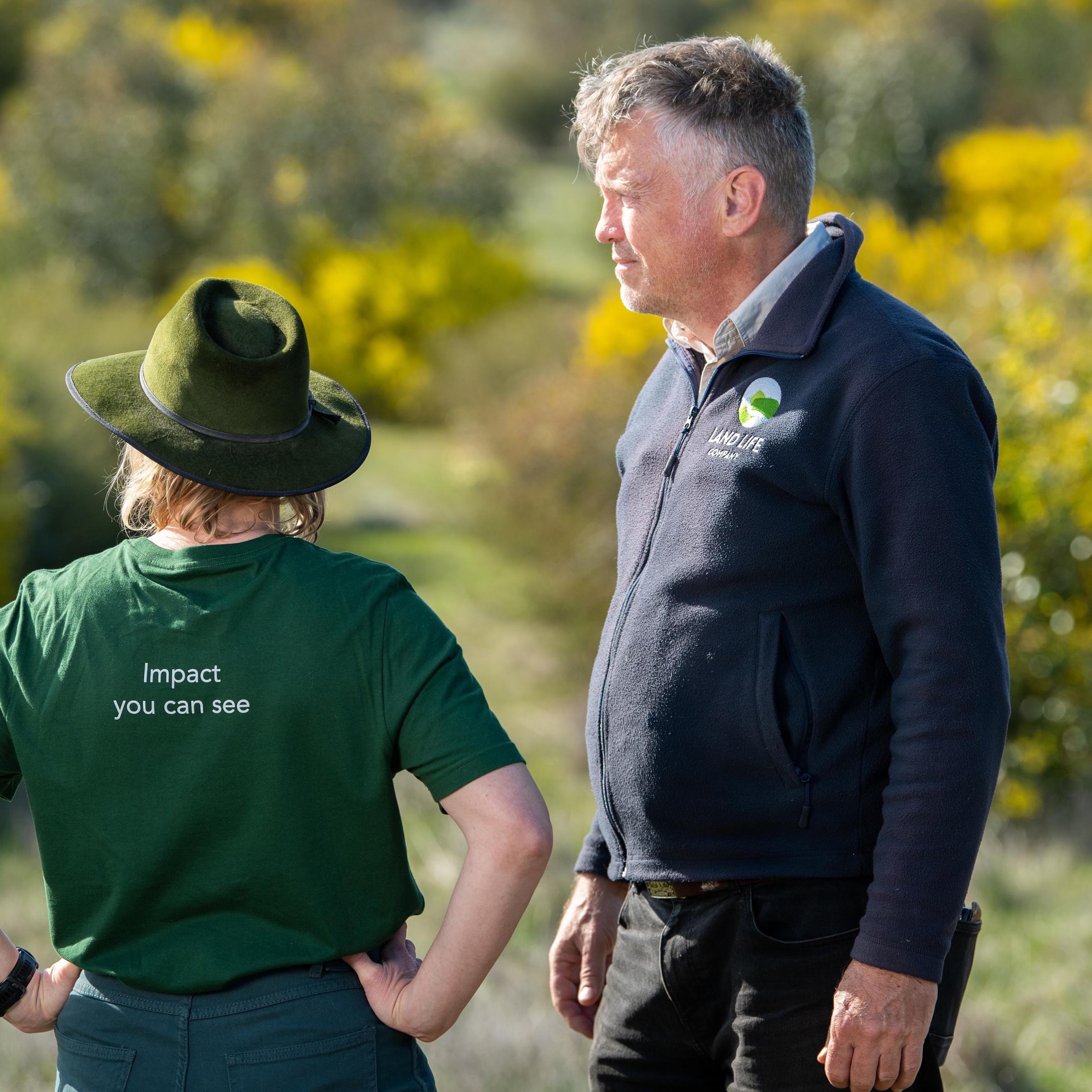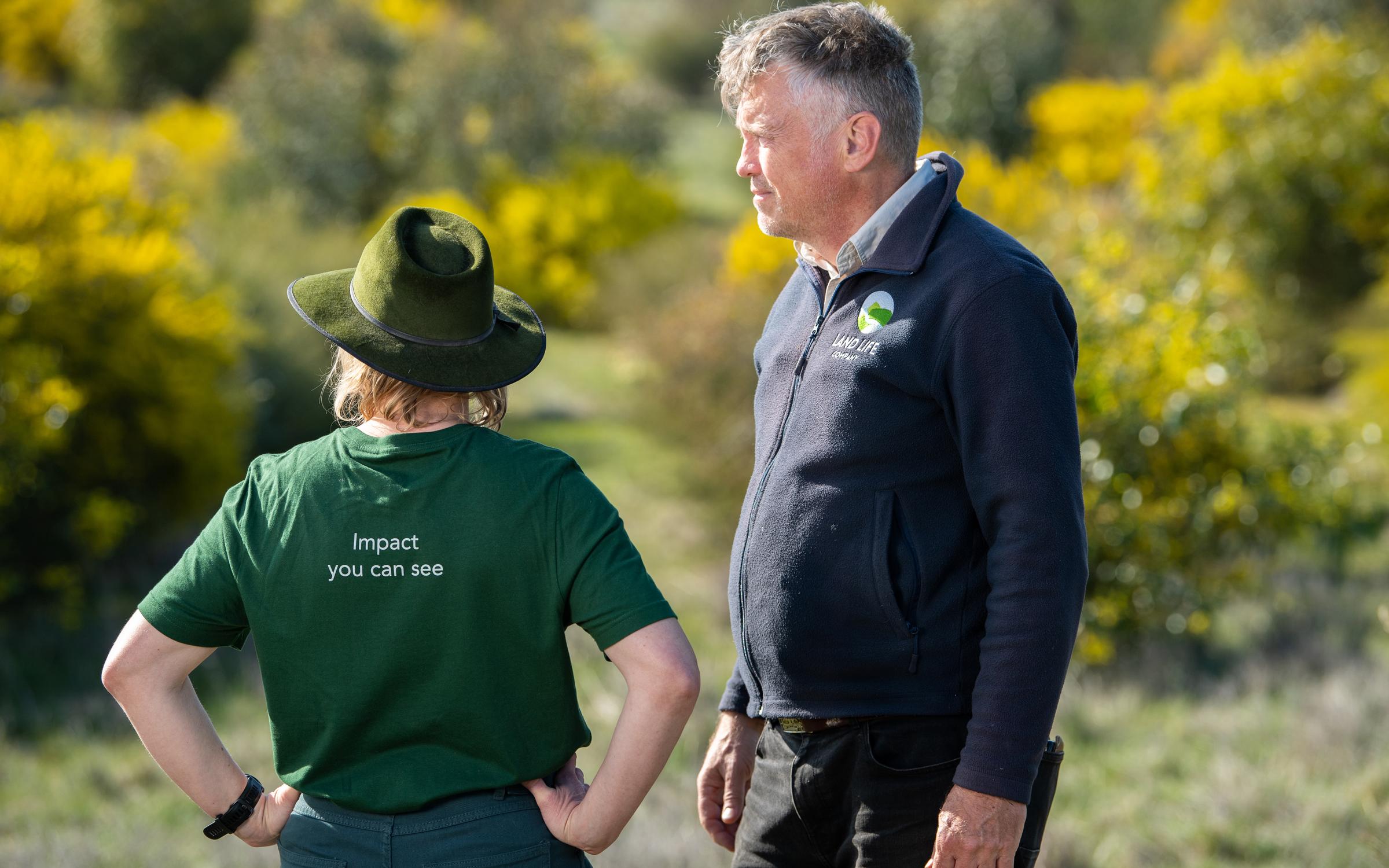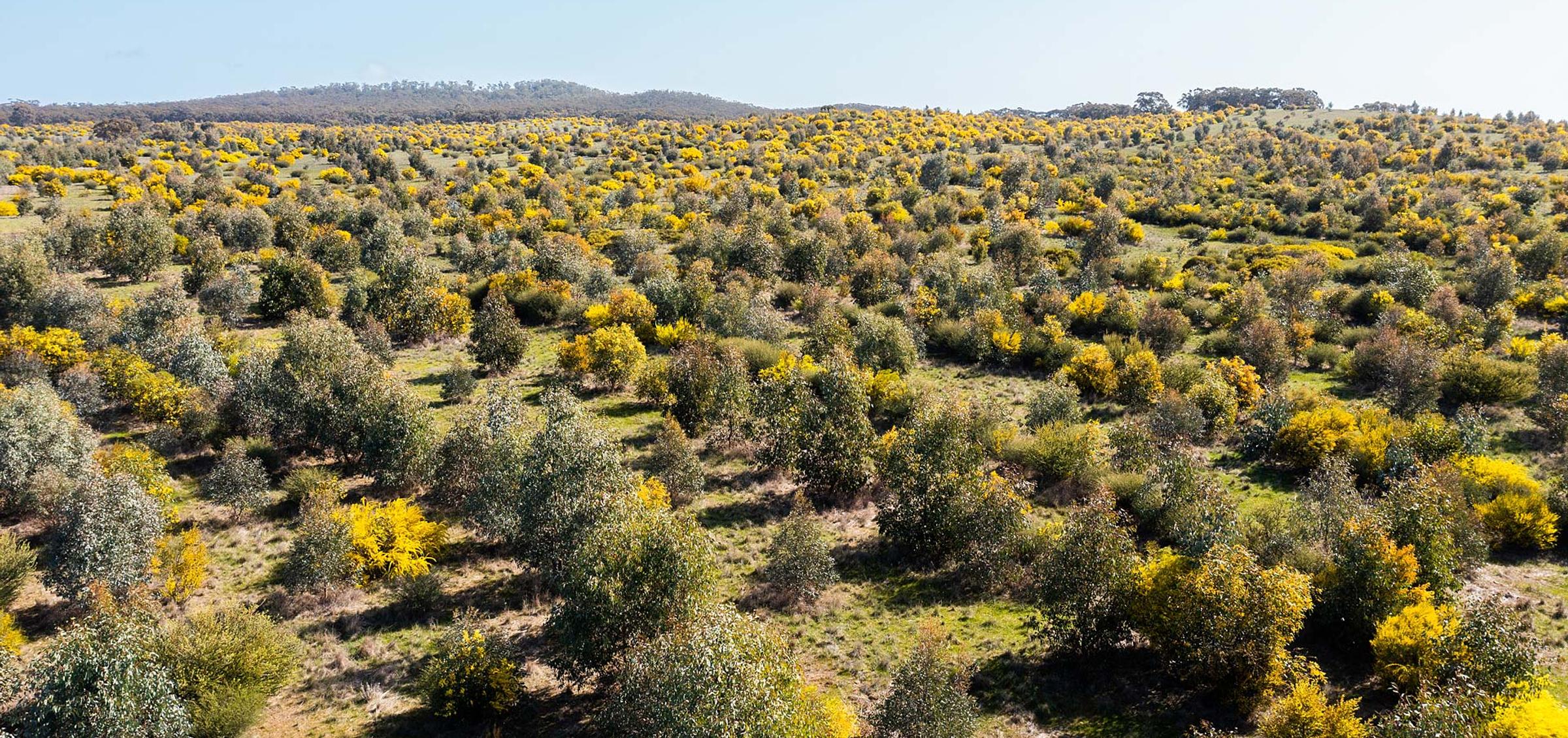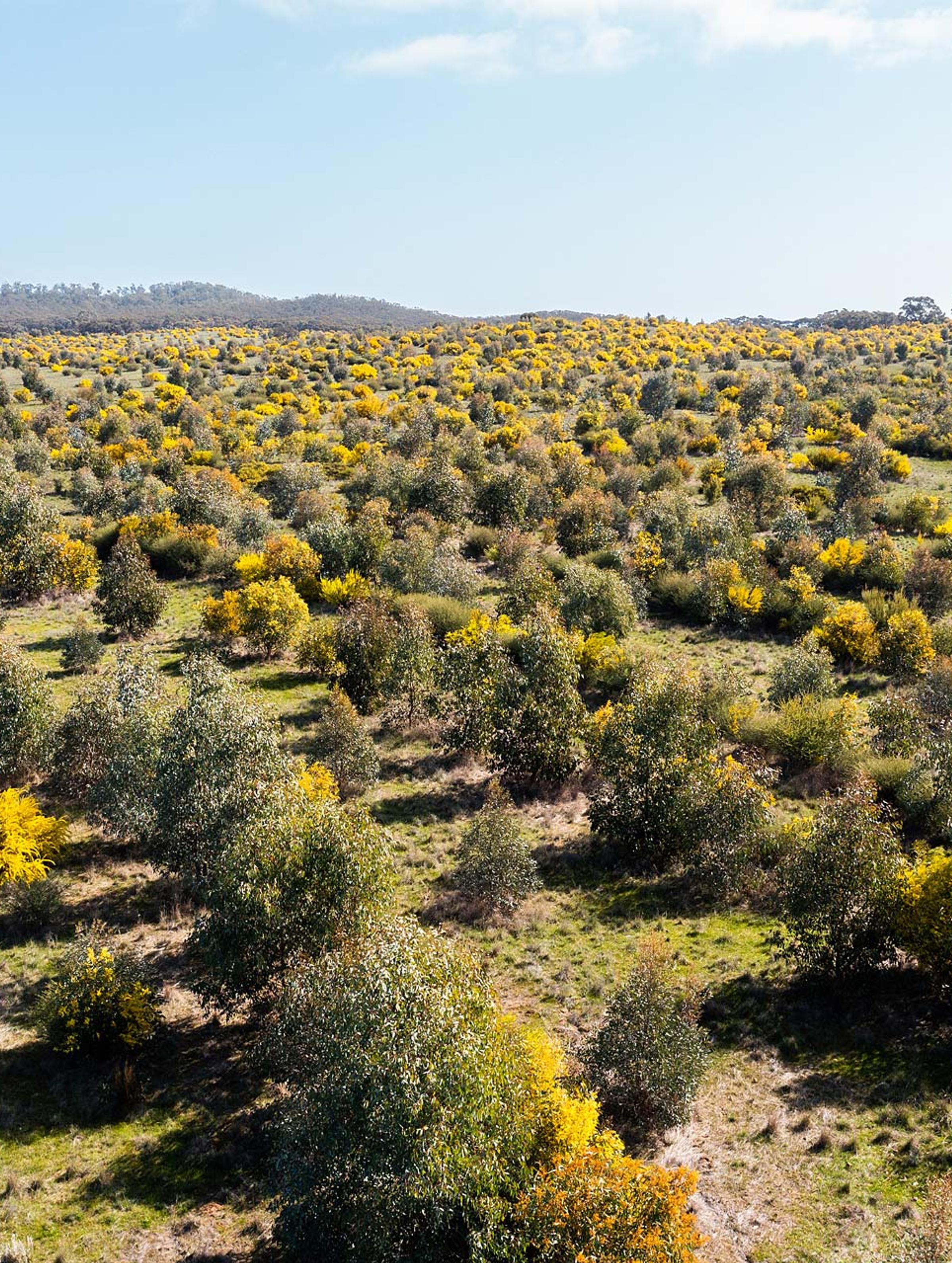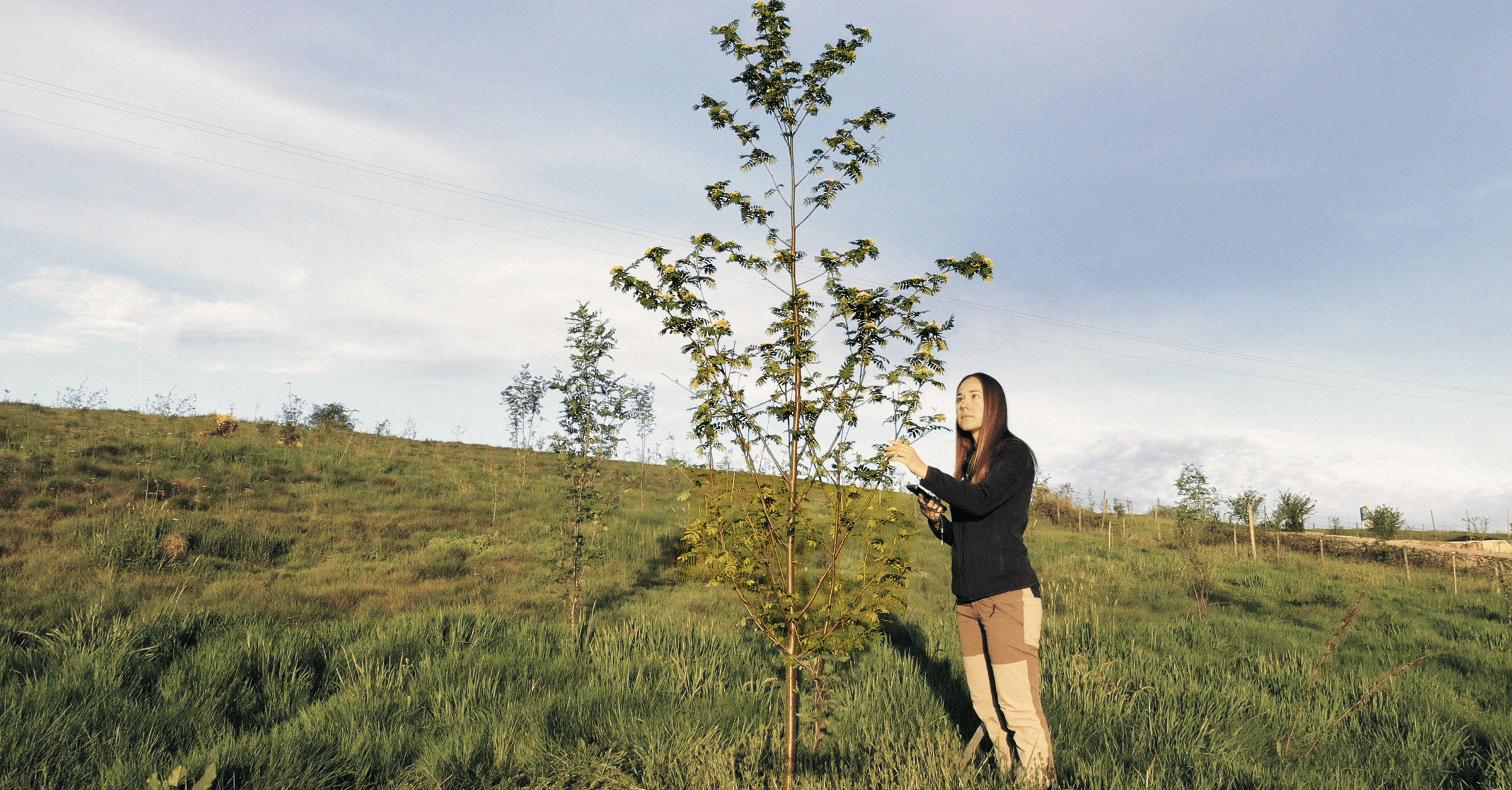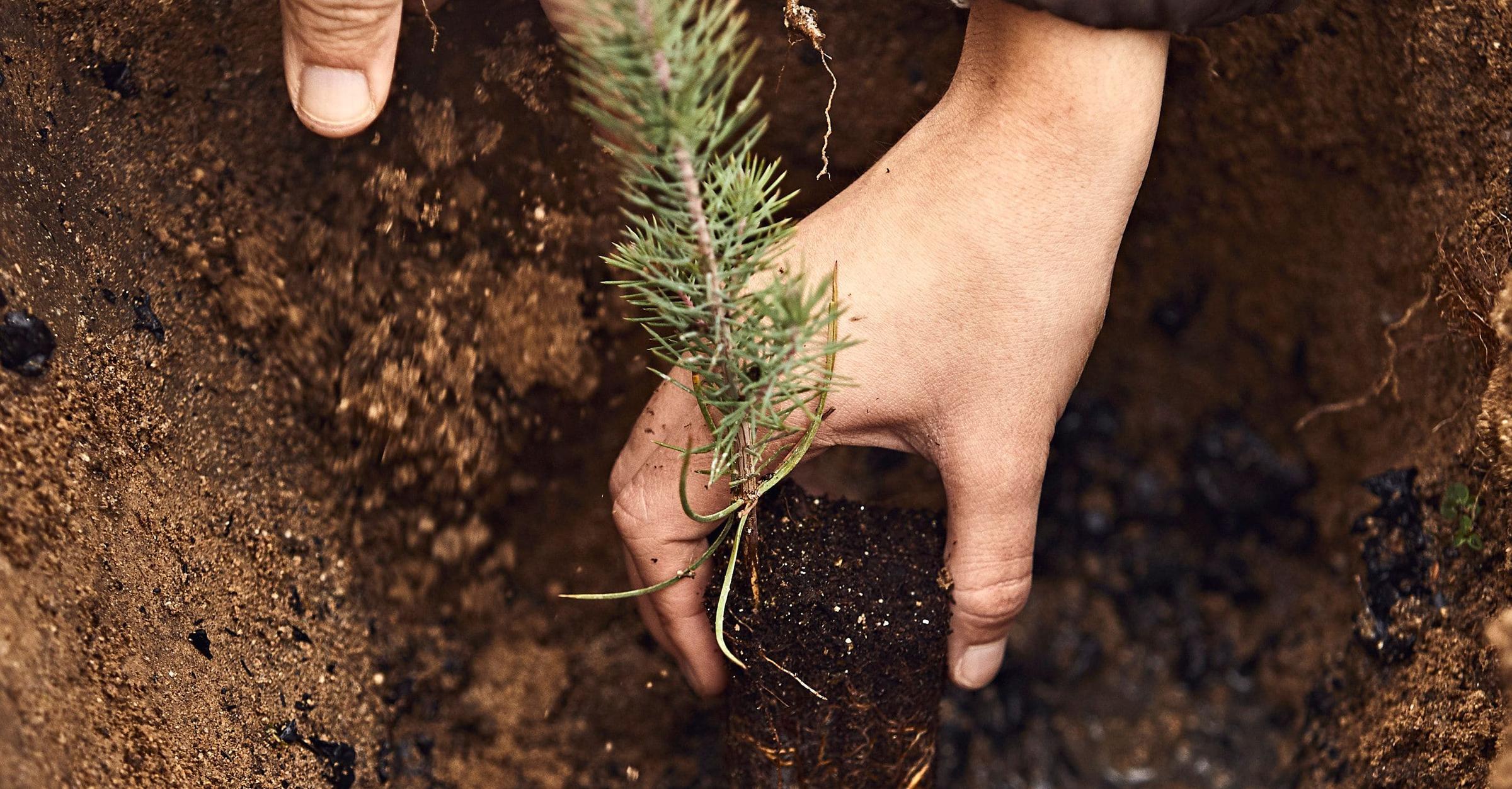Dunluce Australia Restoration Project
About our Dunluce Restoration Project in Victoria, Australia
Ecological Vegetation Class: EVC 61: Box Ironbark Forest, EVC 175_61 Low Rises Grassy Woodland, EVC 69: Metamorphic Slopes Shrubby Woodland
Bioregion: Goldfields
Dunluce is located on the edge of the Victorian Goldfields, which were cleared in the 1860s, not so much for agriculture, but more to supply wood to the mines and miners' camps.
It's estimated that within a radius of 50km from the mining gullies of Dunolly (near Dunluce), there were no trees left standing by 1860, only seven years after the first gold was discovered.
Since then, this site has been historically used for farming and was grazed with Merino wethers up until 2023. It once would have supported Box Ironbark Forests and Lower Slopes Woodland.
Acknowledgement of Country
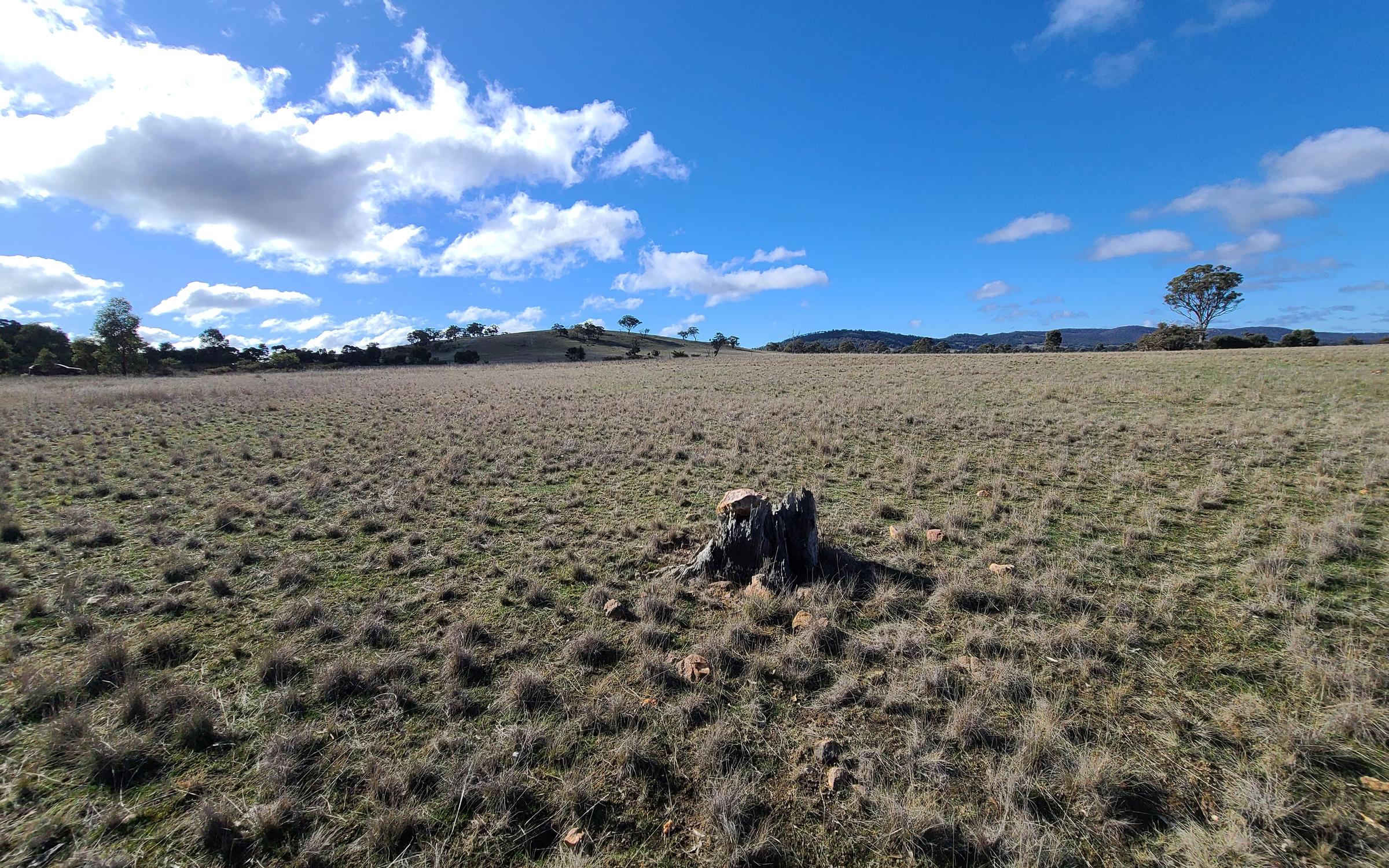
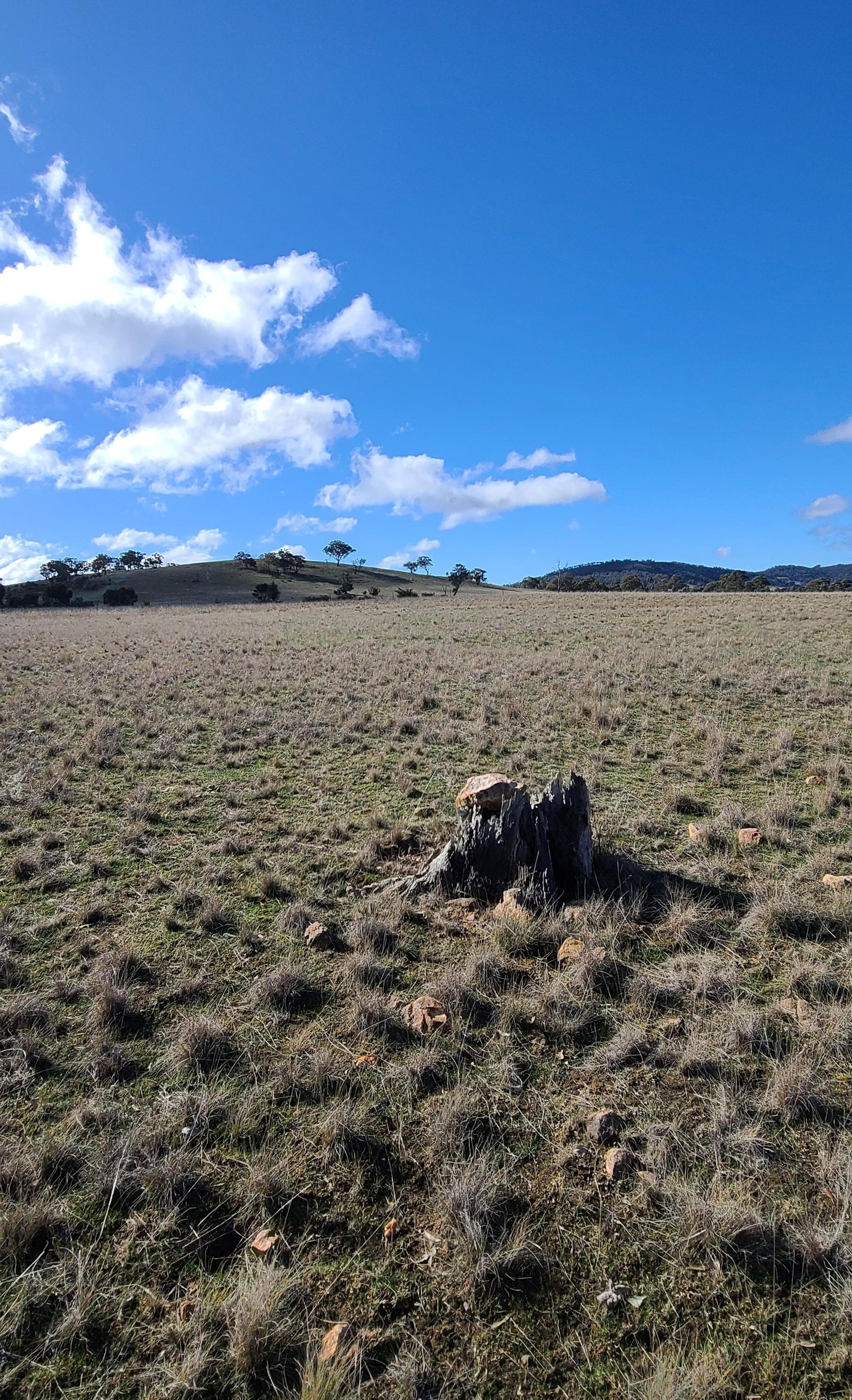
Site objective
Carbon Sequestration: 30,168 tCO2 40 years
Methodology: Registration and validation of this ARR project is under VERRA's Verified Carbon Standard (VCS program)
Our aim at Dunluce is to restore the canopy and mid-storey shrubs over the existing native grasses, so it will look a lot like it did in 1750, instead of the treeless and simple ecosystem it is today.
An on-title conservation agreement with Trust for Nature.Opens in a new tab. ensures in-perpetuity conservation management and protection of the biodiversity across the property.
The project also aims to provide additional, biodiverse, and lasting carbon storage in the newly planted woodland trees and shrubs, as well as in the soil.
Find out more about Land Life's carbon removal reforestation solution.
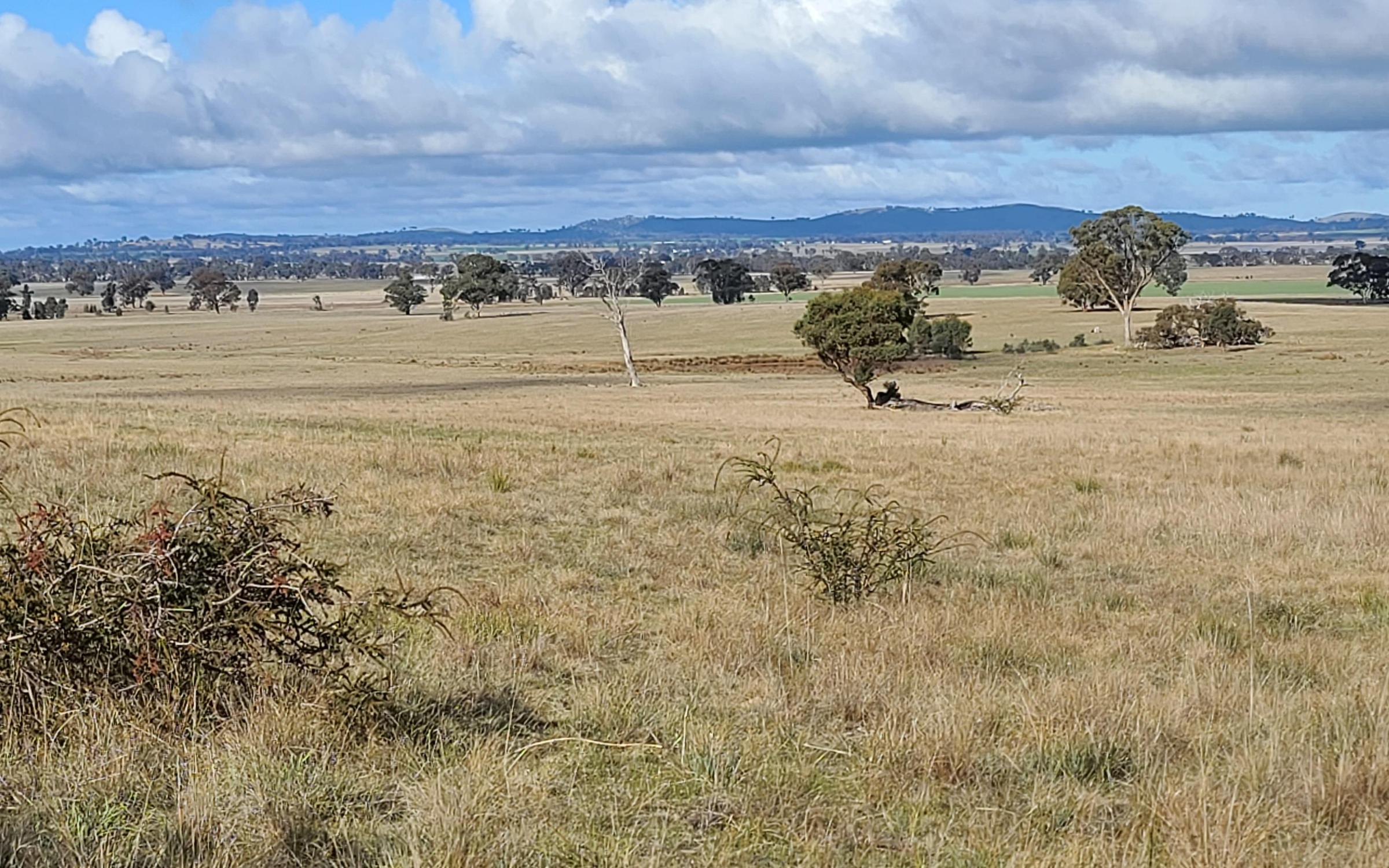
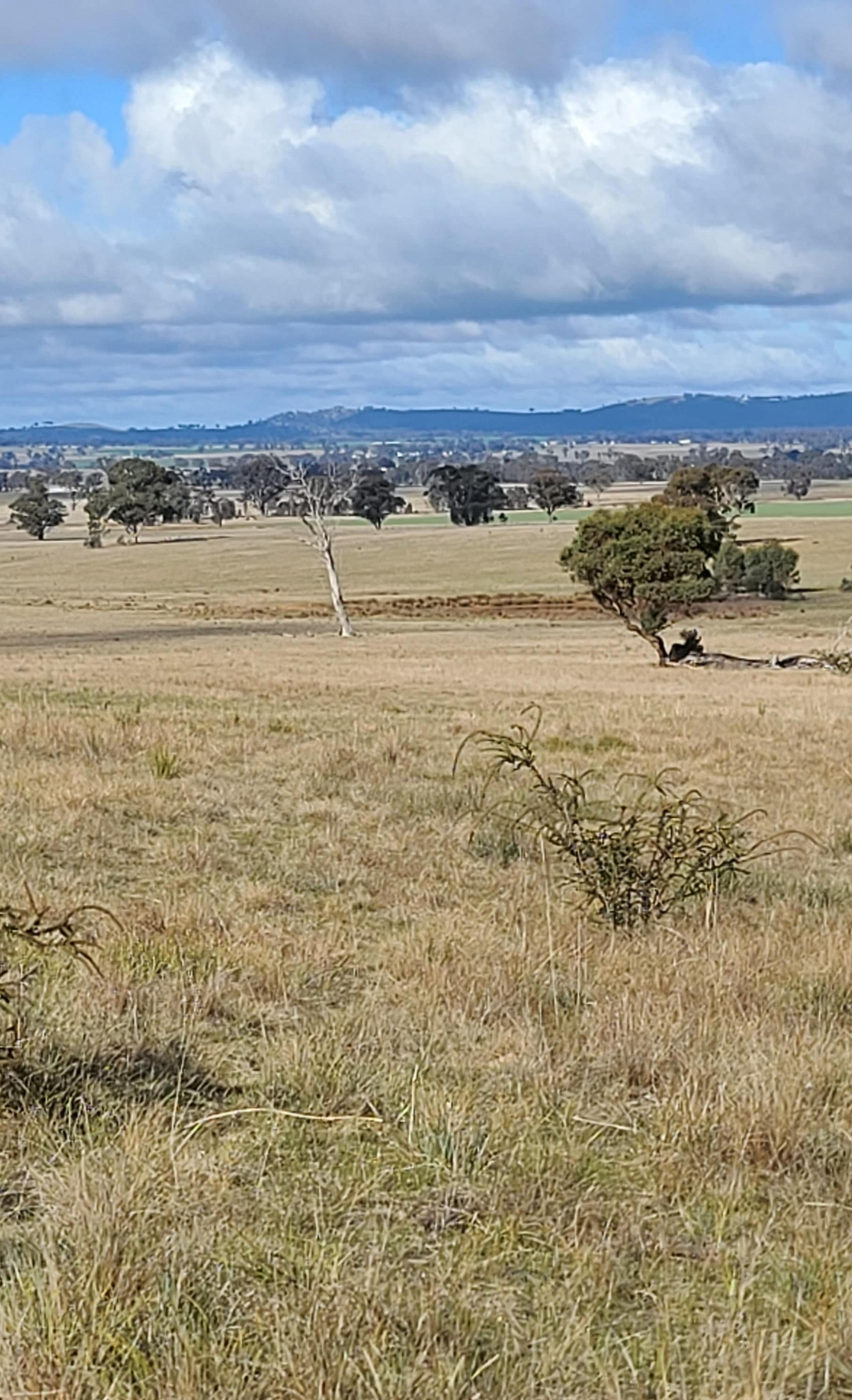
About the restoration
This project has a head start on our other 2025 plantings.
The main chunk of its treeless fields is made up of derived native grasslands, presumably self-restored under a very conservative grazing regime when it was part of a larger sheep farm.
This means that the soils will most likely have a larger diversity of native fungal biota assisting our trees and shrubs with access to water and helping them establish quicker.
This was not originally a grassland though. We're still restoring Dunluce to the standard we take from the pre-colonial vegetation maps we have access to in Victoria. It just means that the understorey is still in surprisingly good health, and because that is precious, we will be taking extra care to not disturb the land too much when adding the trees and shrubs.
In 2025, a total of 19 native species will be planted across 145 hectares using a combination of seedlings and direct seeding.
This project is funded by the Victorian Government’s $77 million BushBank Program and Land Life. The BushBank program is restoring more than 20,000 hectares of land across Victoria to create healthy wildlife habitat and capture carbon. Land Life's restoration partner Cassinia Environmental is the lead delivery partner for BushBank.
Project Highlights
Biodiversity gains
The Dunluce property has slightly undulating slopes offering great views of the nearby Bealiba Ranges. These ranges still have populations of Brush-tailed Phascogales, a larger, rat-sized carnivorous arboreal mammal, increasingly rare in Victoria.
This squirrel-like marsupial is keen on the large Greybox we are planting at Dunluce, as it forms excellent hollows this nighttime hunter likes to live in.
Another native animal keen on Dunluce already is the Diamond Firetail, a threatened bird species keen on the ample supplies of native grass seeds available to chew on at Dunluce.
The local area is known to provide important habitat for the Victorian Temperate Woodland Bird Community and for a suite of threatened species such as the critically endangered Swift Parrot, Black Falcon and Late-flower Flax-lily. The property itself contains several young, critically endangered Buloke Allocasuarina luehmannii.
The future is nature
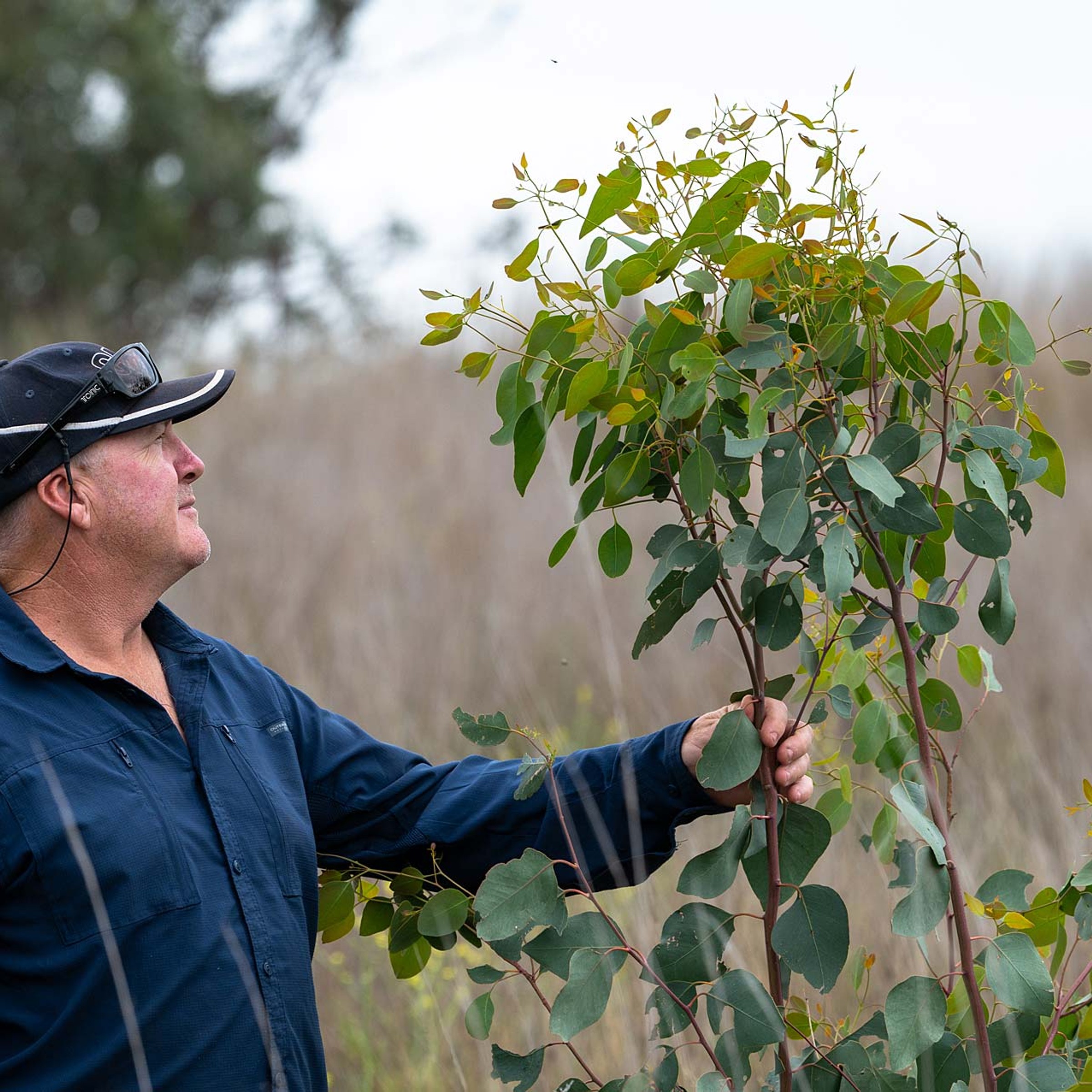
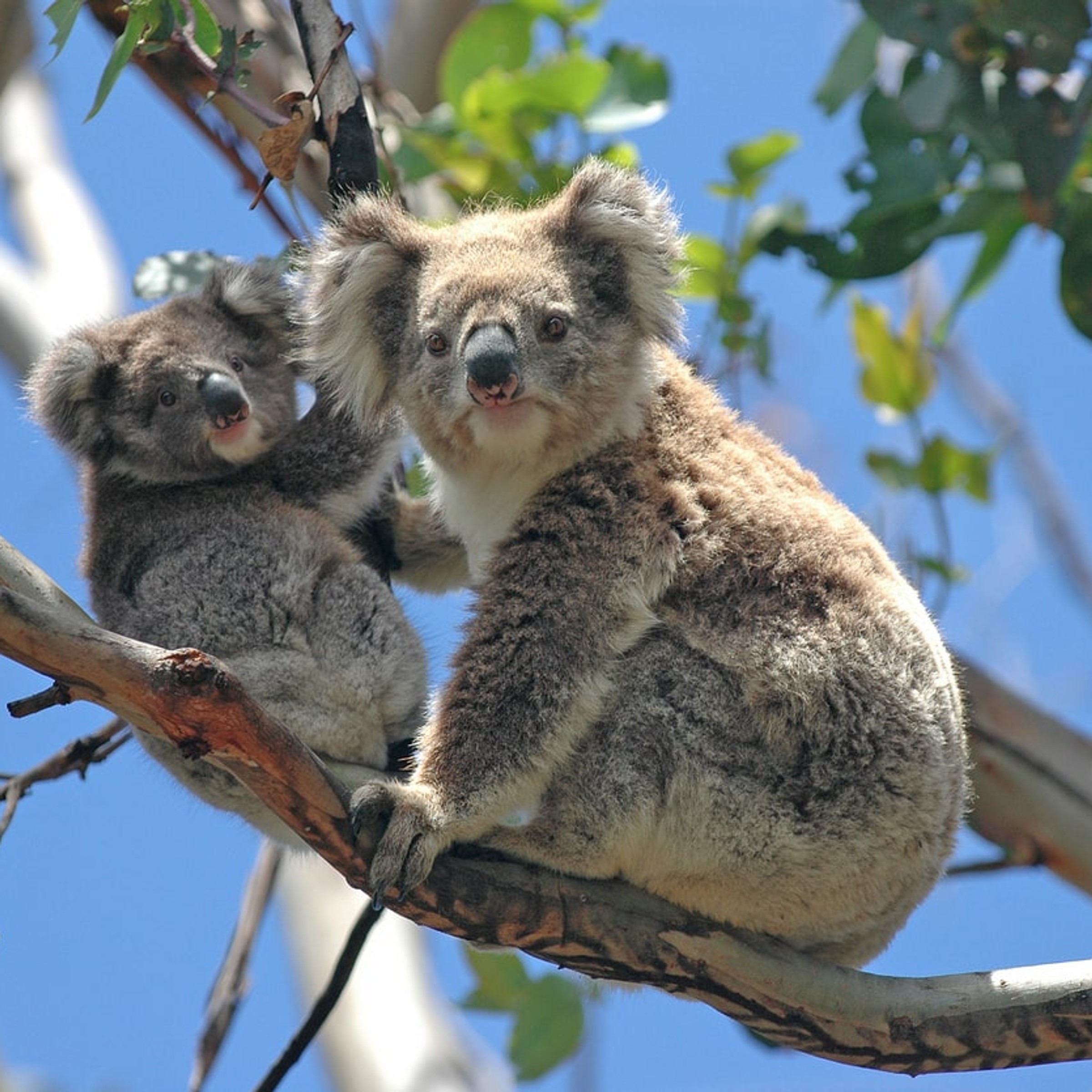
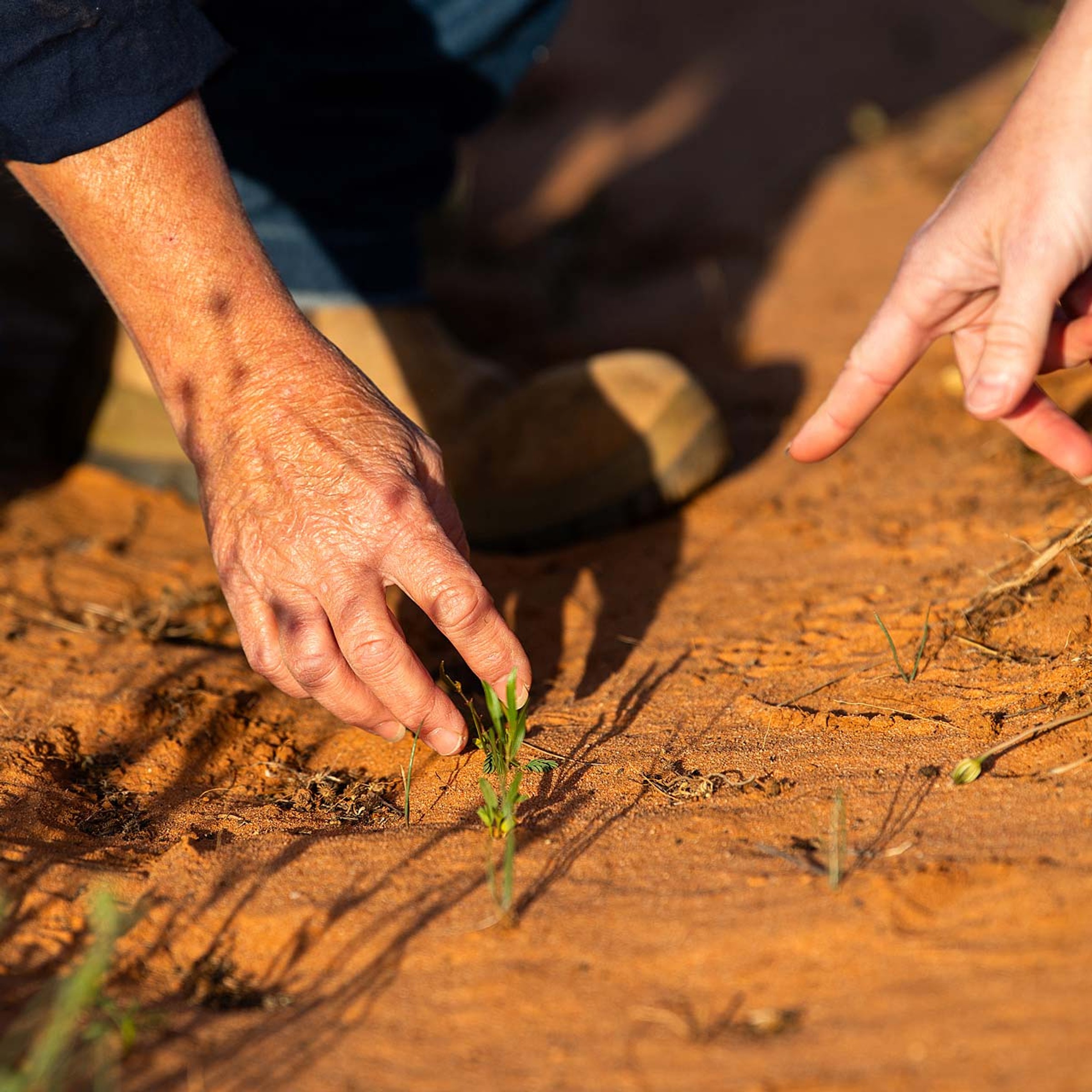
Talk to our experts
Technology-driven reforestation at scale
